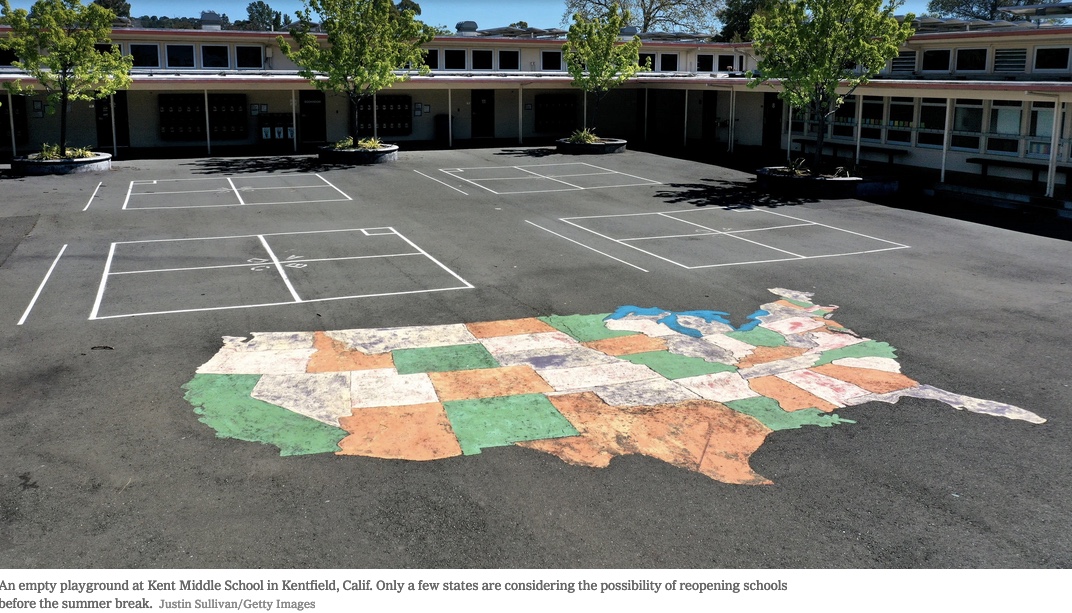Private schools and P.P.P.
This spring, when the federal government disbursed billions of dollars in emergency pandemic funding, the traditional K-12 public schools in Los Angeles got an average of about $716,000.
Meanwhile, Sierra Canyon School, a private school in the San Fernando Valley where LeBron James’s son is a basketball standout, got $3.14 million — part of a forgivable pandemic loan to its foundation from the federal Paycheck Protection Program.
New York’s public schools averaged $386,000 in federal aid. But Poly Prep Country Day School, a private school in Brooklyn with more than $114 million in the bank, got a $5.83 million P.P.P. loan. Public schools in Washington, D.C., averaged $189,000 in federal funding. But a P.P.P. loan for $5.22 million went to the Sidwell Friends School, the Washington alma mater of Sasha and Malia Obama.
This week, as the federal government releases a second round of P.P.P. loans, watchdog groups are following the money. From its start, the $659 billion program, intended to help struggling mom-and-pop businesses and nonprofits cover their payrolls with loans backed by the Small Business Administration, has been troubled by complaints that the rich and connected had crowded out intended recipients.
A database of recipients — released in full by the Treasury Department in December after The Times and other large news organization filed a federal lawsuit — has buttressed those concerns.
In education, the disparities were particularly striking. Public schools are not eligible for P.P.P. loans because they have a separate pot of aid under the federal CARES Act. But private and charter schools could apply for the loans. Many did, sometimes to their embarrassment when the applications became public.




